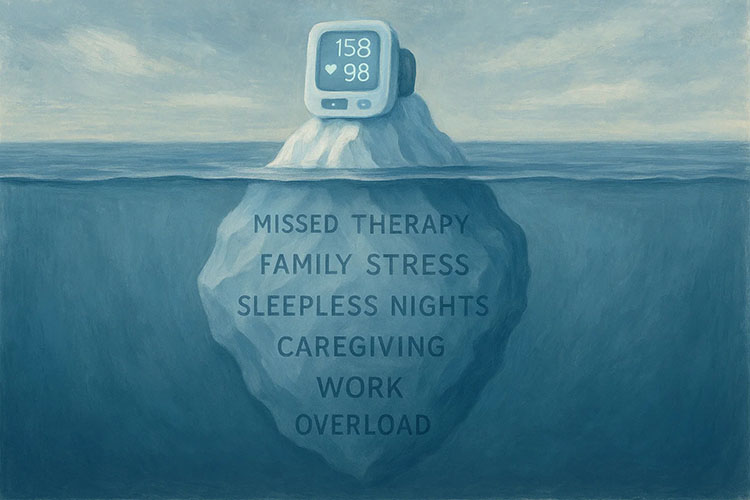
The healthcare landscape has seen a dramatic shift with the advent of Remote Patient Monitoring (RPM). Its major benefits include fostering patient engagement, ensuring adherence to prescribed medical plans, and retaining patients within medical practices.
The Impact of RPM: A Dive into the Numbers
The rise of RPM is backed by compelling data:
- Hospital readmissions have seen a reduction of 73% due to RPM1.
- Patient satisfaction scores improved by a remarkable 30%2.
However, beyond these impressive figures lies a more profound narrative about the patient experience and the evolution of healthcare.
Patient Actions and Medical Outcomes
An informed medical team is undoubtedly crucial for effective healthcare. Yet, the commitment of patients to follow through with medical advice is what truly leads to successful health outcomes. It's not merely about diagnosing and prescribing; it's about patients acting on those prescriptions.
Barriers to Patient Adherence
Patients sometimes drift from their treatment plans for various reasons:
- Misunderstanding of the medical instructions.
- Financial constraints.
- Difficulty accessing medications or treatments.
- A feeling of not being involved in their health decisions.
RPM: Bridging the Gap
RPM has emerged as a solution to many of these challenges:
-
Daily Health Insights: Patients can witness firsthand the impact of medications and treatments on their health. This ongoing feedback fosters a better understanding of their ailments and the efficacy of treatments.
-
Convenience and Cost-effectiveness: Taking health readings at home eliminates frequent visits to the doctor, saving both time and money. With most RPM programs covered by Medicare or private insurance, the financial burden is significantly reduced3.
-
Consistent Engagement: Regular check-ins, whether through monthly calls or annual visits, ensure patients remain connected to their healthcare providers. If any readings are amiss, the RPM team intervenes, emphasizing the importance of adherence and addressing any underlying reasons for non-compliance.
Adherence Rates and the Economic Impact
Remarkably, in the absence of RPM, only about 50% of patients follow medication directives consistently1. This laxity has led to a staggering cost for Medicare, exceeding $8 billion2. Such figures underscore the value of RPM, which saw a jump in doctor adoption to 43% in 2022, a significant leap from 26% in 20163.
The Broader Implications of RPM
Beyond the tangible benefits like reduced hospitalizations, RPM's proactive approach instills a sense of ownership in patients concerning their healthcare. This empowerment means they are less likely to switch providers, providing stability for medical practices. Retaining a patient is often more valuable than acquiring a new one, and RPM has proven invaluable in achieving this goal.
Embarking on the RPM Journey
To grasp the full range of RPM's benefits, engaging with prominent RPM providers like Medek RPM is beneficial. As one of the U.S.'s fastest-growing RPM entities, Medek is at the forefront of this transformative healthcare approach.
Footnotes





